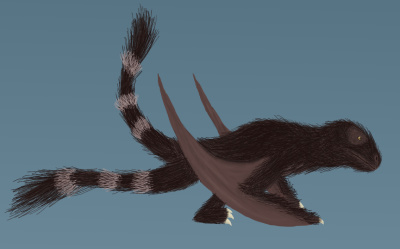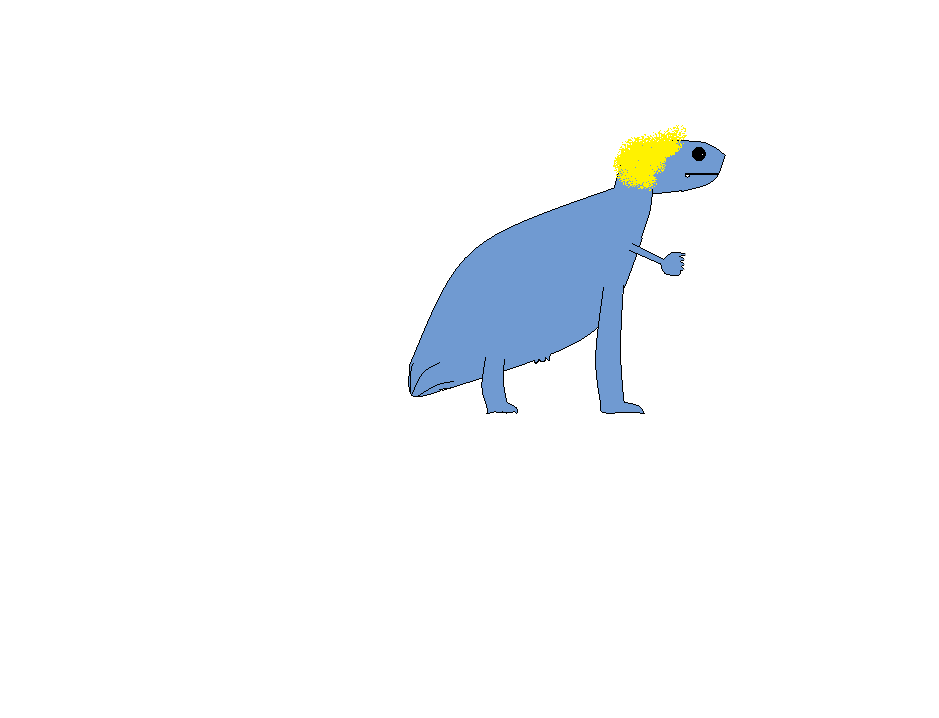Planet : Pakolon
Owner : Holy Republic of Pakolon
Astronomy : Small, earth-like planet. Low gravity. Orbits the yellow Kapeph star. One small moon, Verkonerepho Other bodies in the system are: Pretoph (large, hot planet), Prathon Asteroid Ring, Kurapho (small, icy planet) and Putak (Ringed Gas Giant)
Geography : Approximately 60% of the planet is covered in ocean, 10% is covered in ice and the remaining 30% is dry land. The land is divided into 5 major continents, Ephok, Kaphar, Tepak, Klonar and Trikaro. The average temperature on Pakolon is about 13-14°C (55°F-57°F). Most of the planet is covered in forests of some kind (most of which is temperate-cold), although there are also many grasslands and some desert biomes.
Biosphere : Because of Pakolon’s lower gravity, life in general is somewhat bigger on the planet. Flora mainly consists of grasses, bushes and some extremely big trees. Flowers are extremely common on Pakolon, with most plants bearing fruits of some kind. Most plants have a thick outer shell to keep water in. Fauna on the planet tends to either have fur or feathers, with scaled or bare-skinned animals being extremely rare. Those who are bare-skinned will usually have a layer of fat to protect against the cold. Most animals on Pakolon have two tails, as the first vertebrates on the planet developed this way. These tails are used by many animals in a variety of ways, from fish using them in a similar way to how scuba divers swim, to more intelligent animals using them for communication. Some species have devolved this second tail though, as it had no direct benefits for them.
Infrastructure : Pakoph has a limited infrastructure, with most of the cities being integrated as best as possible in the planets ecosphere. Buildings usually look like tall trees, and most cities will have specialised buildings for plant life and animals to live on. Apart from this, there are many temples, ruins, or otherwise iconic or religious buildings across the planet. These ruins are carefully preserved by the planets government. Roads are rare outside the grasslands and deserts of the planet, as it is relatively hard to cut through the forested regions. Instead, many cities make use of ‘sky-rails’ build between or even on the trees for transportation.
Population : 9 billion (Pakoph), 3 billion (Commonwealth species), 50 million (non-Commonwealth species)
Sapient Species : Pakoph
Biological description : Pterosaur-like, with two wings and two legs. Their body is covered in brown fur, with lighter spots for camouflage. Wings are covered in a short fuzz. They have two long (usually 1 meter) tails, with a ring pattern in the fur. These tails are used as manipulative organs, and also as ‘grabbers’, in a similar way to how some primates use their tail. The species has two yellow eyes. Pakoph have a faster metabolism than humans, and a much faster heart rate in order to be able to maintain flight and sapient brains. They also need to eat a great amount of sugar-rich food to be able to maintain their costly brains. They have a relatively larger imagination than humans, in order to be able to easily come up with complicated hunting strategies and/or ways to run away. On top of this, they are easily frightened and generally ‘jumpy’ to be able to more quickly respond to threats. They are 1 meter (3 feet and 3 inches) big, and 1 meter big.
Images :
Summary

Pakoph, by Minegamer
Evolutionary History :
Summary
Pakoph developed from a species of small animals, not unlike lemurs. These animals evolved to climb into the large trees of their home forests, in order to find protection. They eventually developed long, prehensile tails to aid in this. One branch of this began to slowly take flights, in order to be able to move even quicker than ever before. Eventually, another branch started to cooperate to drive their insect prey together, and even to hunt on larger animals. From this cooperation and new hunting strategies, sapience began to develop within the species. In order to be able to maintain their now larger brains, they adopted a more sugar-and-fat-rich diet, only hunting animals they knew would be worth their energy. They also developed even longer and more prehensile tails, in order to able to manipulate their environment. As they were also hunted by many other animals, and because of their small size compared so some of their prey, the Pakoph were forced to develop an extreme imagination, as to be able to come up with effective plans.
Origin Planet : Pakolon
Behaviour : Pakoph tend to be extremely devout, as they are not only imaginative enough to be able to come up with strange gods, but they also need to find protection from the larger world as a consequence of their instinctual fear. They also tend to be friendly and xenophilic though. Although at the same time many of them are known to be fanatical in their religions.
Technology : Early to Mid FTL
Notable Technologies :
Summary
Extremely high-resolution holograms
Extremely user friendly art-based computer programs
Tree like buildings, outfitted with solar panels
skytrams
Distribution : ~100 billion over 90 planets
Factions : Holy Republic of Pakolon, Godcrushers (Pirates), Eternal Vengeance (Pirates), Servants of the Nameless King (Religious Fanatics), Pabronovorov Abekeph (Religious Fanatics/Rebels), Followers of the One-Eyed God (Smugglers/Pirates
Faction : Holy Republic of Pakolon (HRP)
Disposition : The HRP is usually extremely interested in alien cultures, and will ask for access to cultural databanks. It is open to free migration and a free flow of ideas, and will allow any who so wish to visit their planets (although they usually require permission to visit holy sites). It is also extremely open to foreign religions, and will build temples for any who so wish.
Religion : The HRPs main religion is known as ‘Metrovorinism’. This religion believes that an entity (or sometimes entities/power) called Metrovorok created the universe and everything in it. It is also believed that this entity is deliberately keeping the full truth about It and the Universe away from its sapient children, only giving small bits of the ‘Truth’ to every single one of Its children. It is believed that once the Full Truth is known, the Metrovorist equivalent of the Rapture will take place. In essence, Metrovorinists believe that every single religion is simultaneously wrong and right. It is believed that Metrovorok revealed Itself (alongside with something known as the Universal Truths, the few doctrines that are fully accepted by all Metrovorinist cults) to a group of Pakoph now known as the Prophets.
Government Structure : The Holy Republic could best be described as a fully democratic church. Thusly, the HRP has incorporated thousands of cults within its government. The HRP is a meritocratic democracy, in order to be allowed to run in the elections one has to first pass a test, which is tests knowledge on various religions and political ideologies within the HRP, and also cabalities as a ruler. Every level of government has its own test, and in order to be able to do the test of one level, one has to first pass the test lower than it. The higher tests usually require at least some limited experience working in politics. The lowest level of government is that of Listener, this office combines the responsibilities of a mayor and a priest for all local religions. The highest office is that of Holy Speaker of Truths, which combines the responsibilities of President and Pope. Apart from this, the government also has a Senate-like body called the Prophets, mainly filled with already experienced government and religious leaders. One term of the Holy Speaker of Truths lasts about 10 earth years. Parties are illegal, and every candidate has to run in the election on their own (campaigns are largely sponsored by the government itself). The population is divided into various voting ranges, usually based on cities. A First Past the Vote system is used to determine winners. Due to its large size and age, the HRP has become a huge bureaucracy where even the simplest things require multiple papers to be filled in.
Culture : The HRP has a culture of extreme tolerance and devotion. All religions are treated as if they were true. Apart from this, respect and general politeness is also really important. Rituals are extremely important to the HRP, with many government actions (especially ones that involve bureaucracy) being incorporated into religious rites and rituals.
Relations : United Trade Committee of Jaron (Hostile until about 150 BSE, now allied) Shakar Kingdom (hostile until about 150 BSE now allied) Teraun Confederation (hostile), Rag’kor Primary Council (allied), Commonwealth of Stars (member-state from about 140 BSE)
Territory : 20 planets
Population : 90 billion (Pakoph), 20 billion (Commonwealth species), 300 million (non-Commonwealth species)
Capital Planet : Pakolon
Timeline :
Summary
500 BSE- The Church of Metrovorinism is officially founded by the Prophets
480 BSE- Metrovorinism is accepted as a religion by its first country
400 BSE- Metrovoronism has spread to encompass most of the Kaphar continent
380 BSE- The Church is gifted a small piece of land by one of its follower-countries
300 BSE- Metrovorinism has grown to become the most major religion of Pakolon; the Church is now the most powerful institution of the planet
280 BSE- The Church starts to directly control more and more of the planet
250 BSE- All remaining nation-states are abolished; the Holy Republic of Pakolon is declared by the Church; Church of Metrovornism is abolished, as it is now replaced by the Holy Republic
200 BSE- HRP discovers Warp Technology; Exploration Age begins for Pakoph species
190 BSE- First off-world colony is founded by HRP
189 BSE- HRP makes First Contact with Shakar Kingdom (Toshra species)
184 BSE- HRP makes First Contact with the United Trade Committee of Jaron (Jre species)
184 BSE- War breaks out between the HRP, the Shakar Kingdom and the United Trade Committee of Jaron; beginning of the Contact Wars

